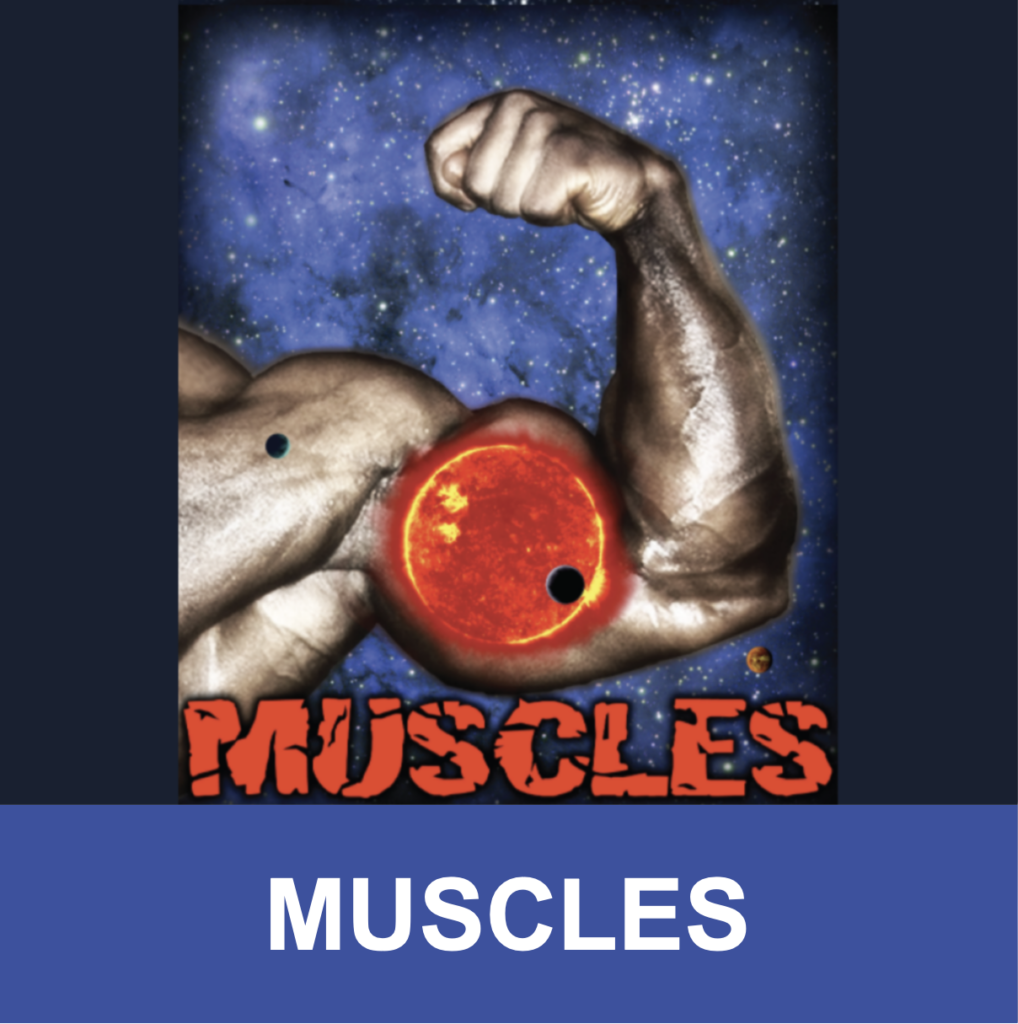Extrasolar planets orbiting M dwarfs may represent our best chance to discover habitable worlds in the coming decade. The ultraviolet spectrum incident upon both Earth-like and Jovian planets is critically important for proper modeling of their atmospheric heating and chemistry. In order to provide a more realistic input for atmospheric models of planets orbiting low-mass stars, MUSCLES acquired ultraviolet and X-ray observations of 8 M dwarf and 4 K dwarf exoplanet host stars using the Hubble Space Telescope, the Chandra X-ray Observatory, and XMM-Newton. For all the stars, we have assembled panchromatic 5 A – 5.5 micron spectral energy distributions (SEDs), available for download on MAST. Mega-MUSCLES will similarly obtain panchromatic light curves and spectra of 13 M dwarfs that probe a range of stellar and exoplanet properties, with a particular focus on stars <0.3 Msolar and with a range of rotation periods that can be used as proxies for M dwarf planet hosts after Hubble’s lifetime.
Read More Here:
https://archive.stsci.edu/prepds/muscles/
Published Work:
MUSCLES Series:
MUSCLES Paper I – France et al. 2016, ApJ, 820, 89
MUSCLES Paper II – Youngblood et al. 2016, ApJ, 824, 101
MUSCLES Paper III – Loyd et al. 2016, ApJ, 824, 102
MUSCLES Paper IV – Youngblood et al. 2017, ApJ, 843, 31
MUSCLES Paper V – Loyd et al. 2018, ApJ, 867, 71L
Mega-MUSCLES Series:
Mega-MUSCLES Paper I – Froning et al. 2019, ApJ, 871L, 26F
Mega-MUSCLES Paper II – France et al. AJ, 230, 167F
Mega-MUSCLES Paper III – Wilson et al. 2021, ApJ, 911, 18W
Semi-Empirical Synthetic Models:


